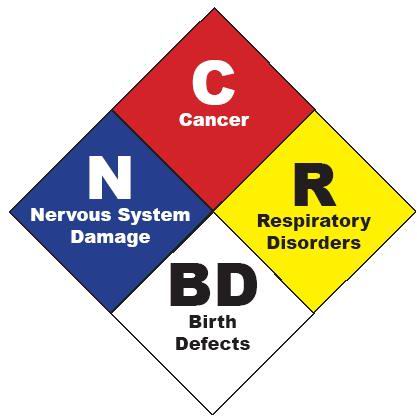Overview

The Division of Air Quality (DAQ) has various rules in place for the control of air toxics. This webpage attempts to provide information on both federal and state regulations pertaining to stationary sources of air toxics in West Virginia (WV). The 1990 Clean Air Act Amendments (1990 CAAA) identified 187 compounds (originally 189 compounds) known as Hazardous Air Pollutants (HAPS) for regulation from both major and minor sources.
Although it has become common practice to use the terms "air toxic" and "hazardous air pollutant" interchangeably, air toxics is a broad term that includes all compounds of some recognized toxicity.
Some HAPs are carcinogenic and/or have noncancer or acute effects; approximately two-thirds of the HAPs are known, probable, or possible human carcinogens. A few HAPS are know to bioaccumate and bioconcentrate in humans and in the environment. All HAPs are not equivalent to one another in toxicity to humans or the environment.
In addition to implementing federal air toxics programs (through 45CSR15 and 45CSR34), the Division of Air Quality addresses HAP emissions from stationary cources in its minor source permitting program (45CSR13), and in an air toxics regulation of limited scope (45CSR27), as well as toxic particulates and metals through 45CSR7.
Rule and Program Applicability to Air Toxics